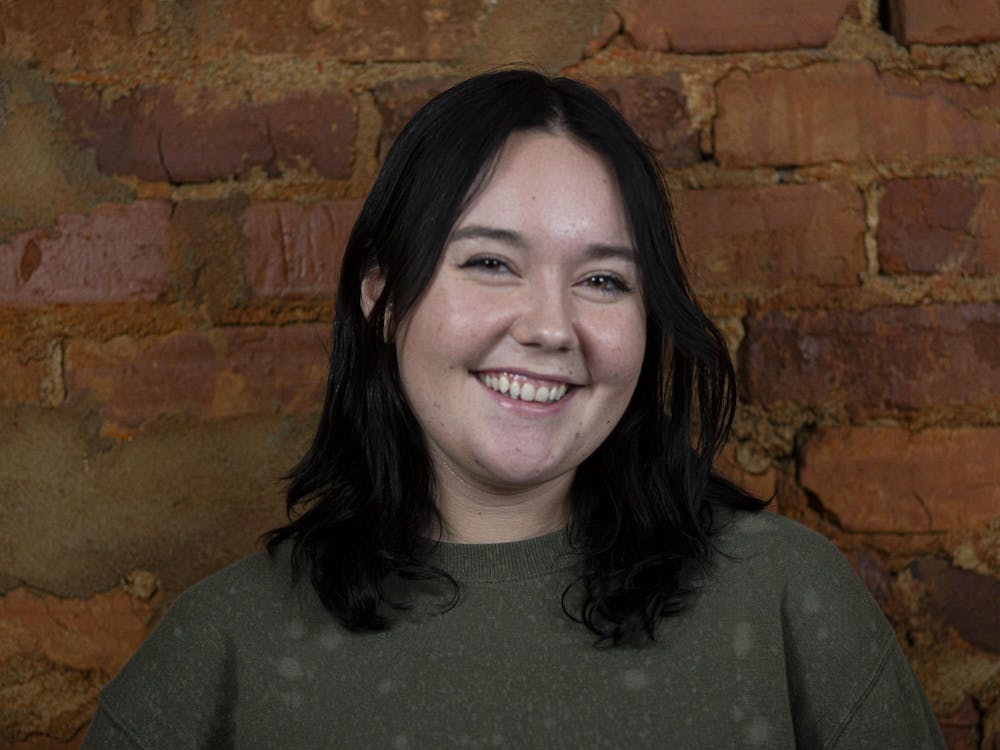The result will be a mix of video and written content on the DTH’s social platforms, mirroring the expansion of legacy news outlets into the short-form content market.
Securing sponsorships to provide quality equipment and space
To double our multimedia production, our newsroom needs more equipment. The most cost-effective way of securing more equipment is by obtaining a sponsorship from a producer of audio and video equipment.
As editor-in-chief, I want to be mindful of our budget and secure sponsorships from companies that could provide us with these quality products.
The incentive to sponsors is our incredibly large social media presence, with close to 45,000 followers on Instagram and over 63,000 followers on X. A company mention at the end of our video content is an appealing advertisement, considering our large audience and quality reporting.
Aside from securing more quality equipment for the newsroom, I would set out to transform our conference room space into a working recording studio.
My plan for transforming the conference room includes installing: soundproof panels, four XLR microphones, an audio interface, and a DTH-themed backdrop for filming. These modifications will be landlord-friendly, taking into consideration that the DTH does not own this space.
To finance this transformation, I would reach out over the summer to DTH alumni about donations. We could put a plaque on the conference room door, naming the space after our donors. I will first reach out to former editors-in-chief, who may appreciate the opportunity to have their legacy recognized in an office plaque.
Adjusting newsroom structure for maximum efficiency
As editor-in-chief, I will make a few changes to our current editor structure to achieve maximum workflow efficiency.
Last year, the managing editor role was divided into two managing editors and four deputy managing editors. I will formally cut the role of sports managing editor because our sports desk has proved to be efficient with one desk editor and two assistant editors.
I will also cut the position of multimedia managing editor. I think strong communication between multimedia desks and an editor-in-chief dedicated to the development of a strong multimedia presence would eliminate the need for this position.
To get the day's news and headlines in your inbox each morning, sign up for our email newsletters.
An assistant editor would be added to the audio & video and design desks to handle this transition to more multimedia coverage. I spoke to staffers on both desks before drafting my platform, and both groups felt that their editors would greatly benefit from another editor helping distribute assignments and aid content production.
I also want senior staffers to take on a liaison role between desks. The audience engagement desk has a senior staffer designated to edit and post audio-visual content, which has made collaboration between the two desks much easier.
Continuing the legacy of previous editors
My goal as editor-in-chief is not to completely restructure the DTH, but rather build upon the hard work of previous leaders. Emmy Martin’s restructuring of the newsroom has proven successful, so I will only make minimal changes to her plan.
Eventually, the DTH and other news organizations will cease print publications due to a diminishing readership and changing media landscape.
Investing our attention in audio and video content and multimedia journalism will prepare the DTH to thrive in an evolving media market.
@nataliebradin
Natalie BradinNatalie Bradin is the 2024-25 audio-visual editor. Before this role, she was an AV staffer and University desk writer. Natalie is a senior majoring in journalism with a minor in studio art.




